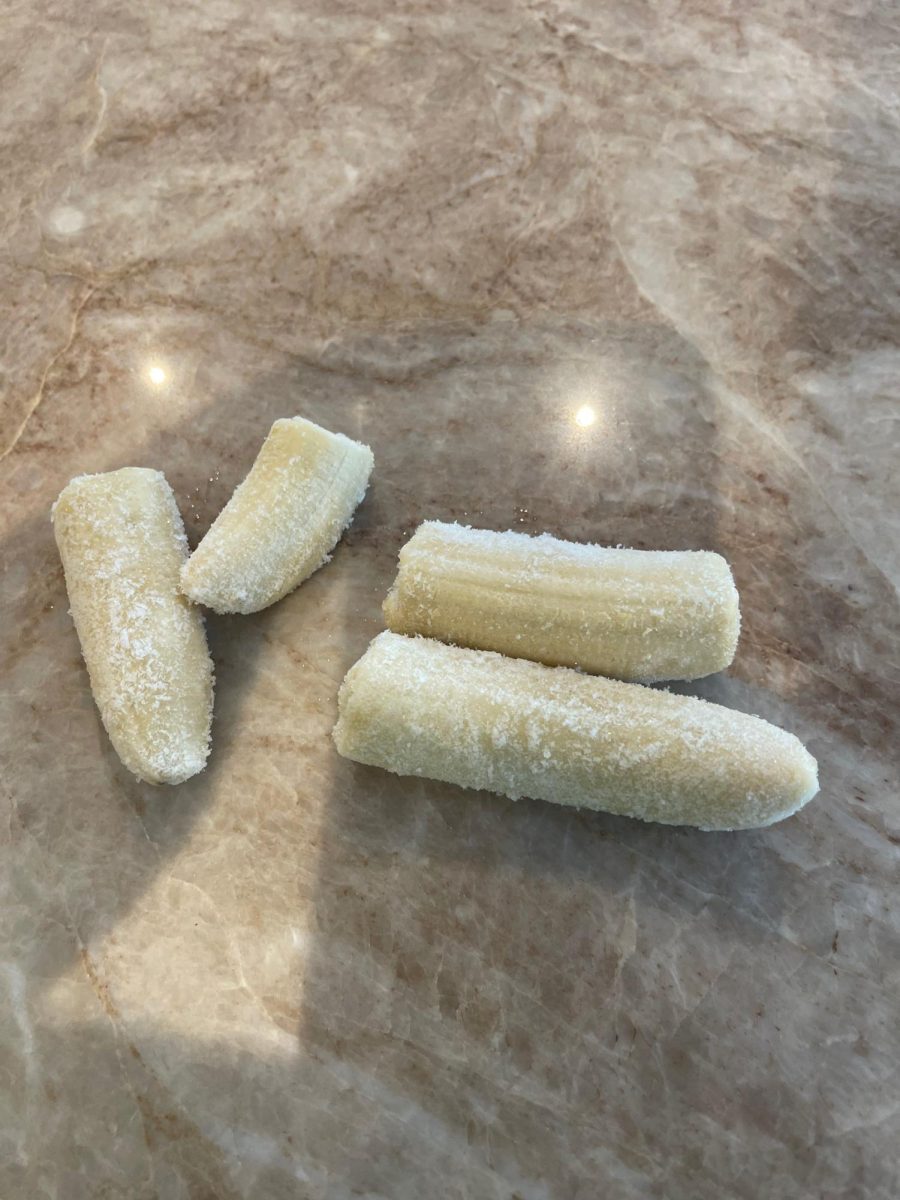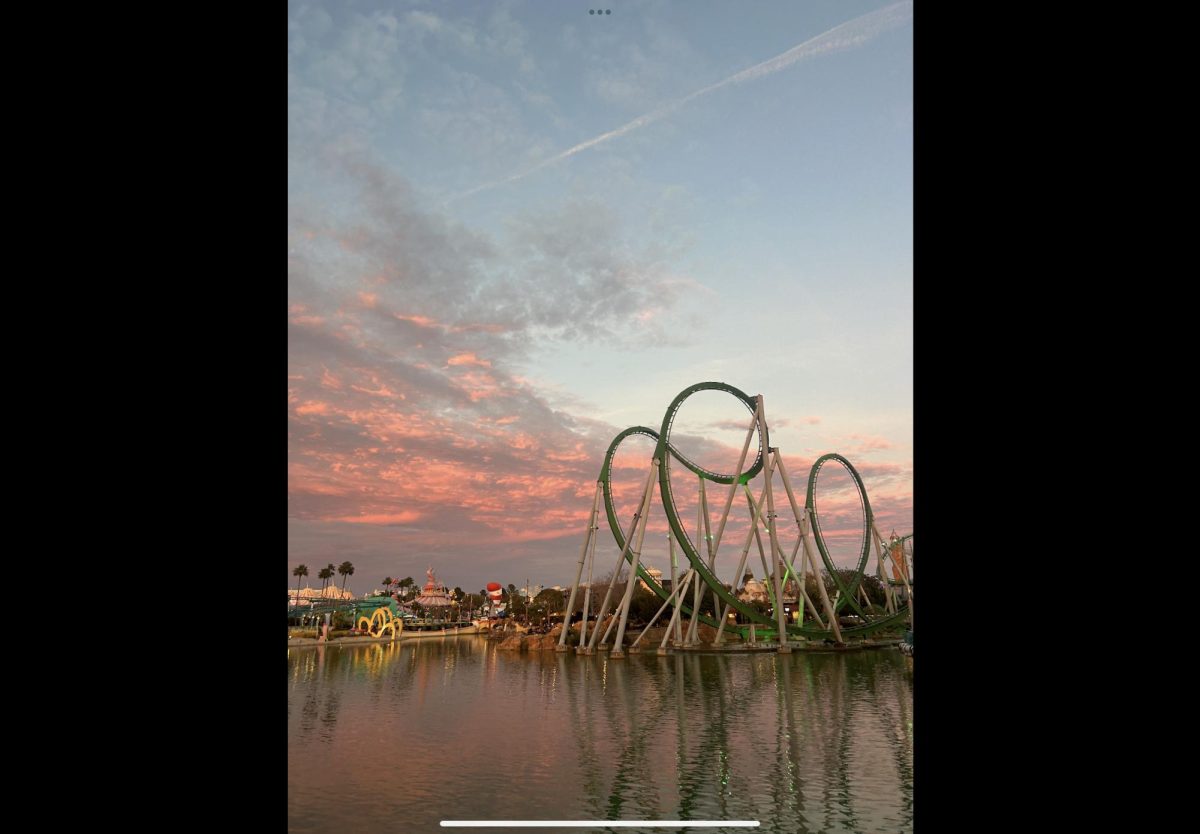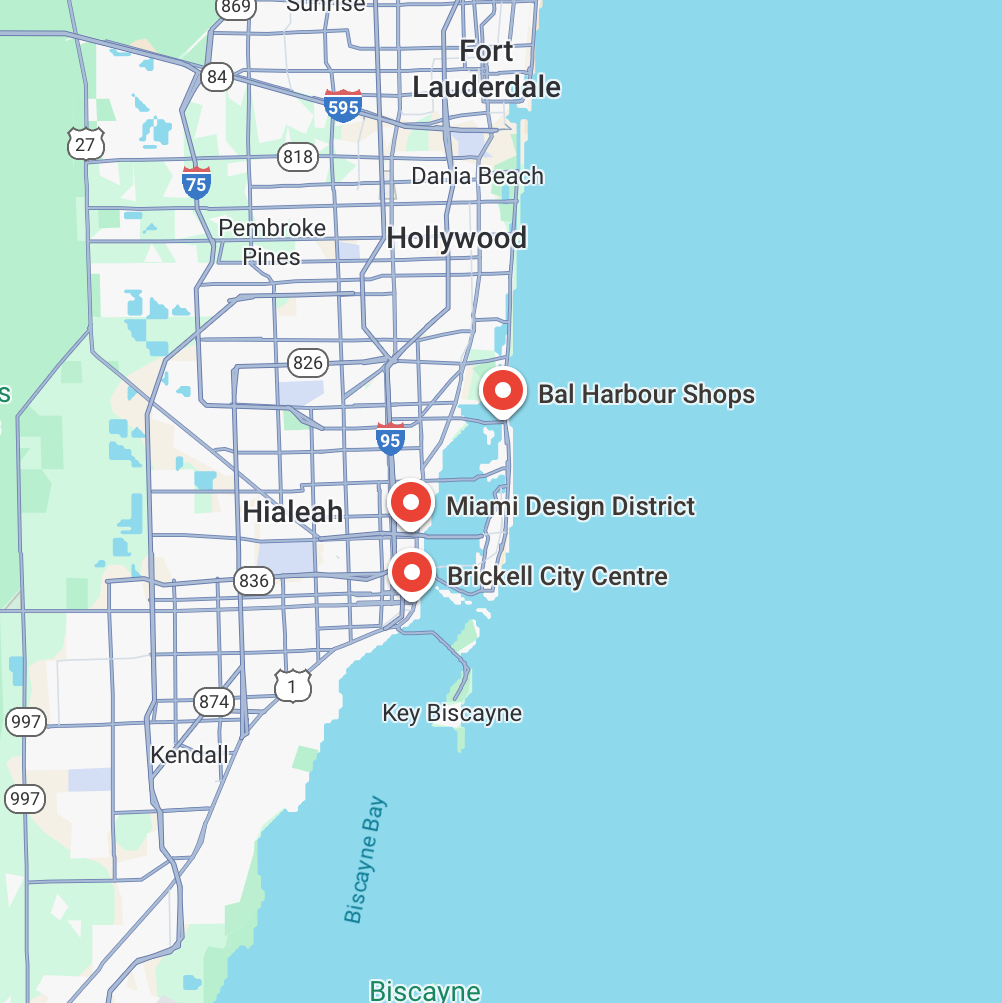Over the years, many South Florida grandparents have been heard complaining about the taste of bananas. While many may have attributed their lament to the withering taste buds of the elderly, it turns out that this assumption is wrong.
Up until the late 1950s, people were eating a totally different type of banana, one that went extinct because of the Panama disease, devastating blight caused by soil-inhabiting fungus that infected a banana tree’s root system and lead to it being unable to bear fruit.
“I didn’t know that. That’s really interesting. What banana was there before?” asked senior Logan Augst.
The banana was the Gros Michel banana, the forgotten banana of yesterday that brought bananas into popularity but became replaced after devastation by the Panama disease.
The Gros Michel banana was a key part of early international trade and was crucial to several countries’ economies in the late 1800s to early 1900s. With its growing popularity and demand, the Panama disease that practically forced it into extinction as it was a disaster that no one could have predicted. Believe it or not, this devastation might happen again.
“Wait, banana’s might go extinct?” asked senior Diego Garcia Vesaquez.
And, the answer is yes.
The most common banana today, the Cavendish type, is found in almost every grocery and convenience store. But maybe not for long. In recent years there have been a growing number of Cavendish banana trees becoming infected by the Panama disease. And as with the Gros Michel type, there is no cure. With the impending demise of everyone’s beloved banana comes the race to either find a replacement or find a cure.
While the disease won’t affect the production of bananas immediately, in the years ahead, it definitely will. So unless they find a solution, freezing your beloved bananas may be the only temporary solution.








